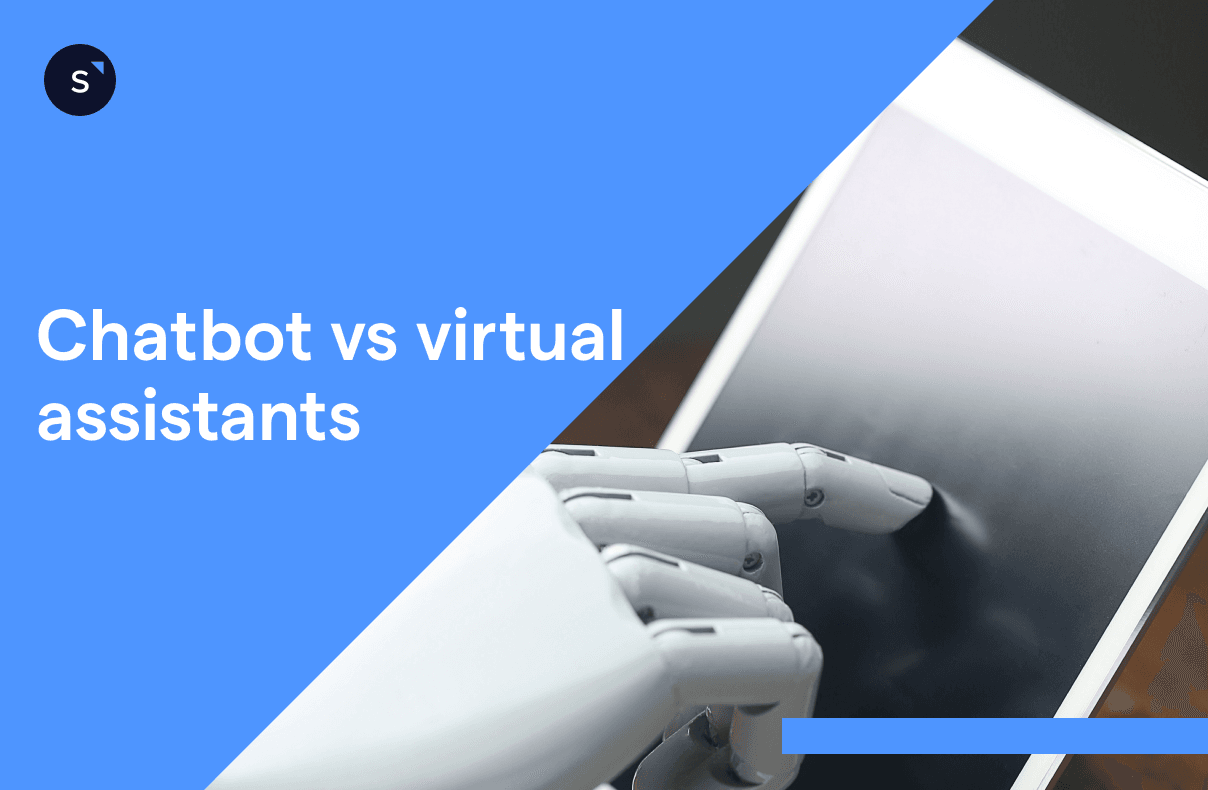Chatbots vs virtual assistants: what’s the difference?
With the ability to increase productivity, empower more seamless work processes and enable businesses to shift their focus toward more meaningful decision making, it is no wonder that automation has and will continue to triumph.
From WhatsApp Business to Instagram chats and more, businesses have been leveraging chatbots and virtual assistants to help them navigate through customer management effortlessly.
But, for businesses new to this, how do you decide between a chatbot or virtual assistant?
For customers or for employees
While both chatbots and virtual assistants are generally similar in that they automate processes to enhance efficiency and convenience, there are several differences between them.
For one, they serve different purposes:
Chatbots are relied upon to help with customer inquiries, while virtual assistants are responsible for daily business operations. Anything revolving around customer management and the elevation of customer purchasing processes fall under the capabilities of a chatbot.
On the other hand, virtual assistants can be thought of as personal secretaries, involved in scheduling, and managing emails and reminders.
They improve repetitive day-to-day business operations, freeing up time for employees to turn their attention toward more important activities that cannot be performed through automation. Think of it this way, a chatbot centers on the customers while a virtual assistant supports employees.
Chatbots vs Virtual Assistants
Chatbots
1. Definition:
Chatbots: are designed to interact with customers, primarily to handle inquiries and support customer-related processes.
2. Primary Use:
Addressing customer inquiries
Providing customer support
Managing FAQs
Assisting with customer management
Enhancing customer purchasing processes
3. Role in Business Operations:
Acts as the first line of support for customer interactions
Can handle high volumes of customer inquiries simultaneously
Improves customer satisfaction by providing quick and efficient responses
Often integrated into customer service platforms, websites, and social media
4. Examples:
Customer support chatbots on e-commerce websites
AI chatbots on WhatsApp
Chatbots for order tracking and status updates
Virtual Assistants
1. Definition:
Virtual Assistants: are designed to assist with a wide range of personal and business tasks, acting more like personal secretaries.
2. Primary Use:
Scheduling appointments and meetings
Managing emails and reminders
Organizing daily business operations
Providing detailed information retrieval
Automating routine administrative tasks
3. Role in Business Operations:
Manages personal and business schedules efficiently
Helps organize and prioritize emails
Sets reminders and notifications for important tasks
Assists in automating administrative processes, freeing up time for other critical activities
Enhances productivity by handling routine and repetitive tasks
4. Examples:
Siri (Apple) for personal task management
Alexa (Amazon) for home and office automation
Google Assistant for scheduling and information retrieval
Different platforms for chatbots and virtual assistant
Another difference between chatbots and virtual assistants is the platform in which they reside. Chatbots are most often seen on websites and messaging channels including WhatsApp Business or Instagram chat. They may also be deployed on mobile applications and in-app chat widgets.
Virtual assistants are more tangible and can be associated with physical devices including smartphones, laptops, and speakers. They are primarily activated by voice commands or
How to set up a AI WhatsApp chatbot?
When it comes to building a chatbot, using a chatbot application in tandem with the WhatsApp Business API platform may just be the easiest way, particularly if the application does not require coding like SleekFlow.
SleekFlow offers the best AI Chatbot with GPT-4 technolgy and automation rules, enabling you to set up efficient and effective conversation flows even without prior programming knowledge. Moreover, it qualifies and centralizes information without the need for human employees.
See SleekFlow AI in action
Discover how you can adopt Agentic AI for your business messaging with just a small amount of data and setup time.
Share Article
